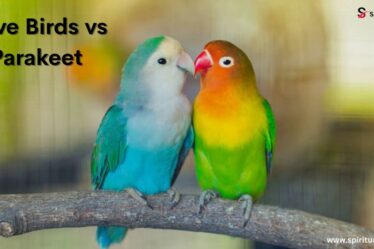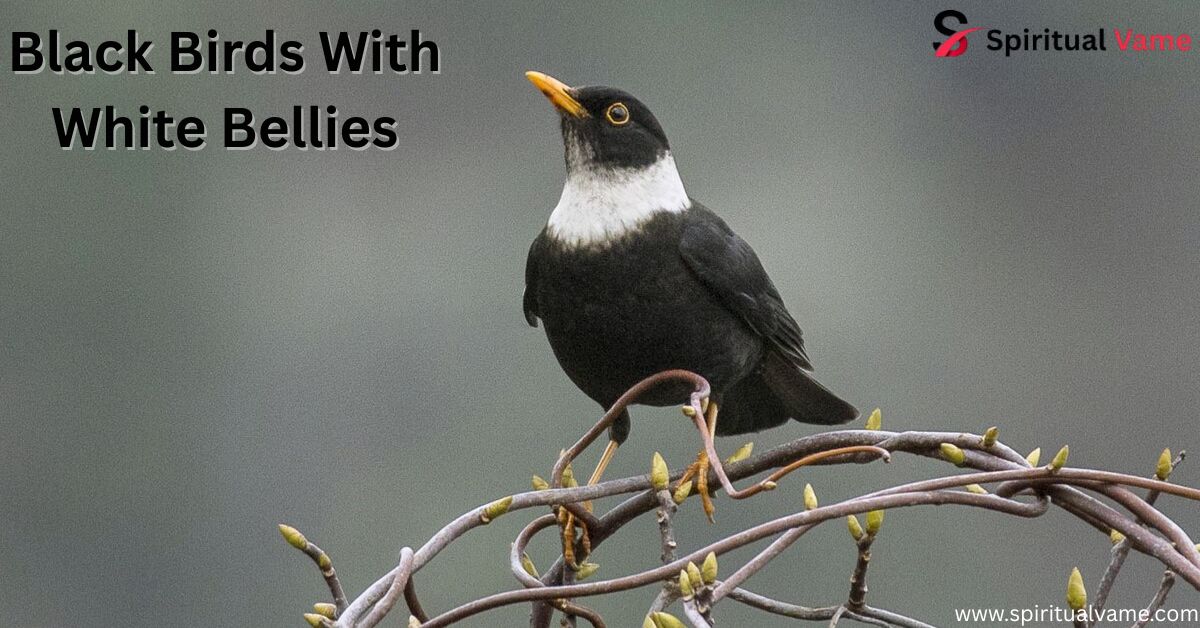
Black birds with white bellies are easy to recognize. Their sharp color contrast makes them stand out in nature. You might see black birds with white bellies in your backyard, by a lake, or deep in the forest. These birds live all over the United States and come in many shapes and sizes. Some are small and quick, while others are large and bold.
People often wonder what kind of bird they’ve spotted when they see black birds with white bellies. This guide will help you learn more about them. From woodpeckers to kingbirds, black birds with white bellies are full of surprises. Let’s explore these beautiful birds together.
Black Birds With White Bellies (Picture & ID Guide)
Some of the most eye-catching birds you’ll see across the United States are black birds with white bellies. These birds come in many shapes and sizes, from elegant seabirds and shorebirds to songbirds and woodpeckers. What unites them is their bold, contrasting plumage. Whether you spot them flitting through a backyard or soaring over a coastal cliff, these birds are a delight to identify and watch.
16 Black Birds With White Bellies:
The Razorbill is a chunky seabird found along rocky Atlantic coasts. With its thick, sharp bill and tuxedo-like look, it dives for fish in icy waters from Maine to Canada. The Spotted Towhee, on the other hand, prefers dry brush and woodland edges. Males are striking with black feathers, white spots, and a bright white belly, while females are softer in brown hues. You’ll likely hear their scratching sounds in the undergrowth before spotting them.
The Ring-necked Duck (Female) has more subdued colors than the male, but she still shows a neat contrast of soft browns and white. Found in wetlands and lakes, she dives for food and often joins large mixed flocks in migration. Next, the Eastern Towhee is another songbird with standout colors. Males are black above, rufous on the sides, and white underneath, while females trade black for brown. These birds love leaf litter and brushy habitats across the eastern and southern U.S.
The White-breasted Nuthatch is small and agile, often seen climbing tree trunks headfirst. With its blue-gray upperparts and white underparts, it has a signature black cap and is found across deciduous forests in North America. Another aerial acrobat is the Barn Swallow, which sports long tail streamers and swoops low over open fields and ponds, hunting insects on the wing. Its glossy black-blue back contrasts with a light underside.
Black-necked Stilts are elegant shorebirds with long, pink legs and needle-thin bills. Their sharp black-and-white coloring is matched by their equally sharp cries as they patrol shallow marshes. Then we have the Rose-Breasted Grosbeak, a heavyset songbird with a white belly and a bold red splash on the chest of the male. Females and juveniles are more streaked but still have pale underparts.
The Hairy Woodpecker is a sturdy bird with black and white plumage, a white belly, and no red marking on the head in females. It’s often confused with the smaller Downy Woodpecker, but their sizes and bill lengths differ. Both species drum on tree bark, forage for insects, and nest in dead wood. The Eastern Kingbirds are aggressive fliers, defending their territories boldly. They have a neat black top and white underside with a white band on the tail.
Black Phoebes are small, dark flycatchers with clean white bellies. Common in the western United States, especially Oregon, California, Arizona, and Texas, they wag their tails and perch near water sources like lakes, streams, and ponds. They hunt insects mid-air and sometimes eat berries or small fish. These birds build mud and grass nests under bridges or on buildings. The Black Skimmer is another bird drawn to water, with its lower bill longer than the upper—perfect for skimming the water’s surface for food.
Then comes the friendly Downy Woodpecker, the smallest of North American woodpeckers. Females lack the red patch seen in males and have a compact size and soft drumming call. Yellow-billed Magpies and Black-billed Magpies round out the list with their flashy tails and sharp chatter. Both have strong social behaviors, though the yellow-billed version is found only in California. Finally, the Atlantic Puffin, sometimes called the “clown of the sea,” uses its black and white coloring and colorful bill to dazzle during nesting season.
Small Black Bird With White Belly
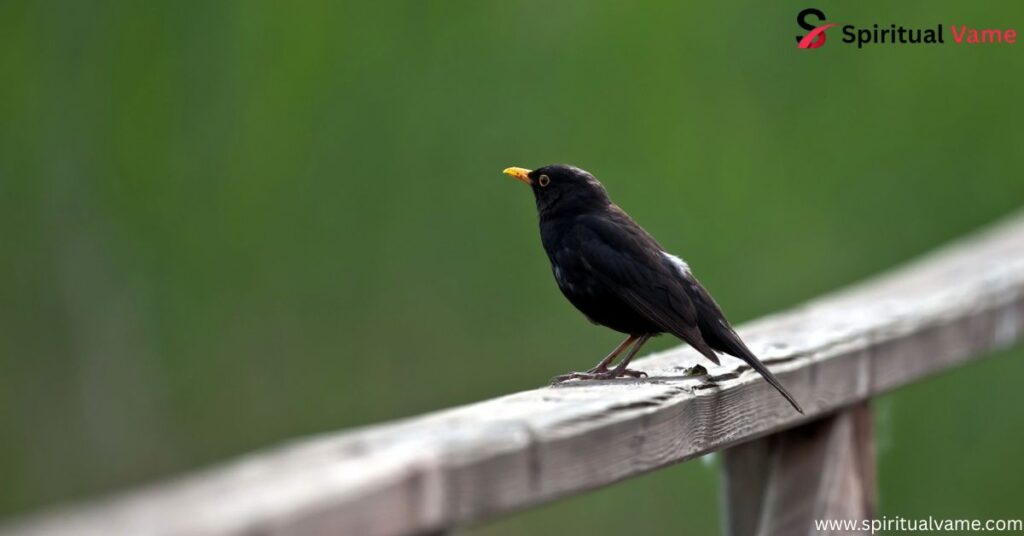
If you’ve seen a quick flash of a small black bird with a white belly in your backyard or local park, you’re not alone. These birds are often active and hard to identify at first glance. But with a little patience and some guidance, you can match their size, shape, and behavior to the correct species.
Some of the most common small birds that fit this description include the Eastern Kingbird, Hairy Woodpecker (Female), Downy Woodpecker (Female), Black Phoebe, and Rose-Breasted Grosbeak (Juvenile Male). These species are widespread across the United States and often come close to humans. Their patterns are easy to spot if you watch for black tops and clean white bellies.
Less common sightings might include the Black-necked Stilt, Razorbill, or Black-Crowned Night Heron. These birds tend to live near wetlands or coastal areas, so you’re more likely to see them near water. Each one has unique features, like the stilt’s long legs or the night heron’s bulky posture. With practice, identifying these birds becomes second nature.
5 Common Small Black Birds with White Bellies
One of the most familiar birds in this group is the Eastern Kingbird, a Tyrannus species that’s tough and territorial. With black plumage above and a bright white underside, these birds often perch on fences, scanning for insects. Their red or orange crest is rarely seen but makes them special. The Hairy Woodpecker (Female) is a quiet visitor to forests and large trees, often searching bark for beetles.
Next is the Downy Woodpecker (Female), a slightly smaller cousin of the Hairy, which you’ll often find in parks, gardens, and even city green spaces. Their soft tapping and high-pitched calls make them easy to spot once you tune in. Black Phoebes love to sit still on low perches before swooping out to catch prey. If you’re near water in the western U.S., chances are good you’ll see one.
Rounding out this group is the Rose-Breasted Grosbeak (Juvenile Male). Though the young ones lack the male’s red splash, they still show black and white patterns that are easy to recognize. Look for them at backyard feeders or forest edges during spring and summer.
3 Uncommon Small Black Birds with White Bellies
The Black-Necked Stilt stands out thanks to its dramatic color contrast and long pink legs. Although not usually near backyards, you can find them in marshy spots or wildlife refuges, where they forage in shallow water. The Razorbill is rare inland but seen in nesting colonies along northern coastal cliffs. Their deep dives and sharp bills are signs of a skilled fish-hunter.
The Black-Crowned Night Heron has a stockier build than most birds on this list and is mostly nocturnal. With black backs, white undersides, and red eyes, they hide during the day and become active at dusk. Look for them near lakes or wetlands if you’re exploring in the evening.
Ostrich
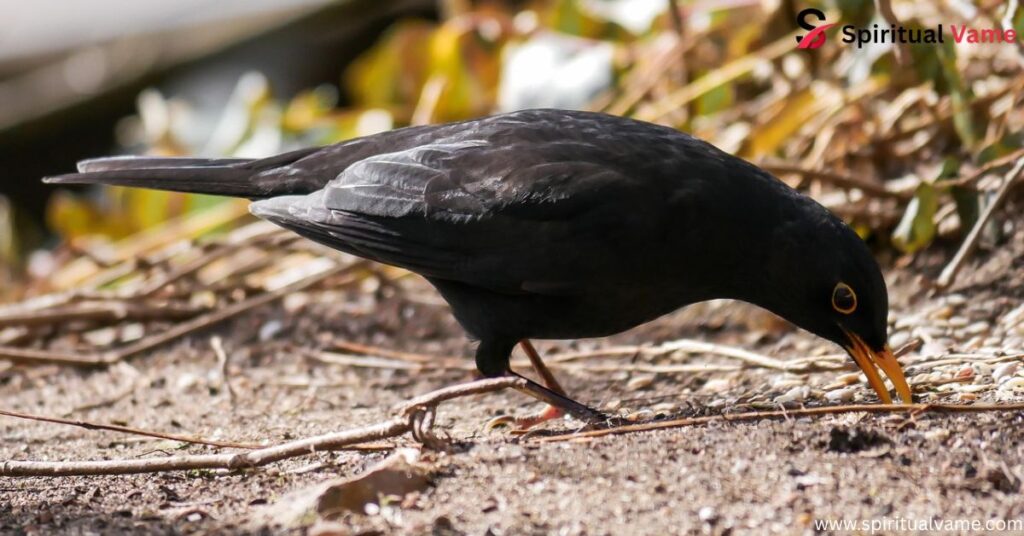
Although the ostrich isn’t native to the U.S., it’s still an impressive bird with black and white plumage. The males are especially dramatic, with bold black feathers and clean white wings. They can’t fly but run at high speeds, and their size alone makes them unforgettable. Ostriches remind us how birds evolved in different ways to survive in harsh environments.
Discover the 8 Types of Hawks in Oklahoma
If you love birds of prey, Oklahoma is a great place to spot hawks. With its mix of open plains and wooded areas, it hosts a range of hawk species throughout the year. From the fierce Red-tailed Hawk to the nimble Cooper’s Hawk, each species brings its own hunting style and behavior.
Watching hawks soar or perch quietly on power lines can be thrilling. Their keen eyesight and sharp talons make them top predators of the sky. Exploring these birds adds another layer to your birding adventures.
Bald Eagle
The Bald Eagle is one of the most powerful and symbolic birds in the U.S. With dark brown-black wings and a white head and tail, it’s easy to recognize. These raptors nest in tall trees near lakes or rivers and hunt for fish. Once endangered, they’ve made a strong comeback and can now be seen across the country.
Their massive wingspan and soaring style make them unforgettable. When you see a bald eagle, it’s like spotting a piece of national pride taking flight.
Megan Martin
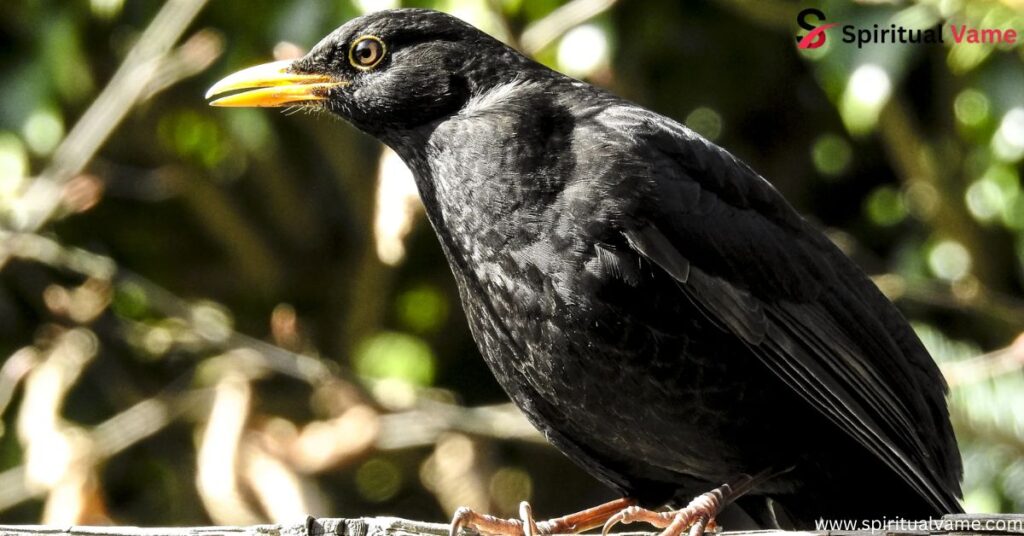
Megan Martin is a passionate wildlife researcher and bird enthusiast with a special love for North American birds. Her work focuses on helping others connect with the natural world through clear, accessible writing.
Contact the AZ Animals editorial team
Got a question or correction? Reach out to the AZ Animals editorial team through our contact form or email. We’re happy to hear from readers who care about wildlife and conservation.
Conclusion
Black birds with white bellies are found all across the United States. These striking birds are easy to spot because of their bold colors. From woodpeckers and flycatchers to puffins and towhees, many species show off this black and white look. Some live in forests, others near water, and a few even visit backyards. Each bird has its own way of feeding, nesting, and flying.
If you’ve ever seen black birds with white bellies, now you know their names and habits. Learning about black birds with white bellies helps bird lovers enjoy nature more. Keep watching for black birds with white bellies in your area—you might spot a new favorite!

